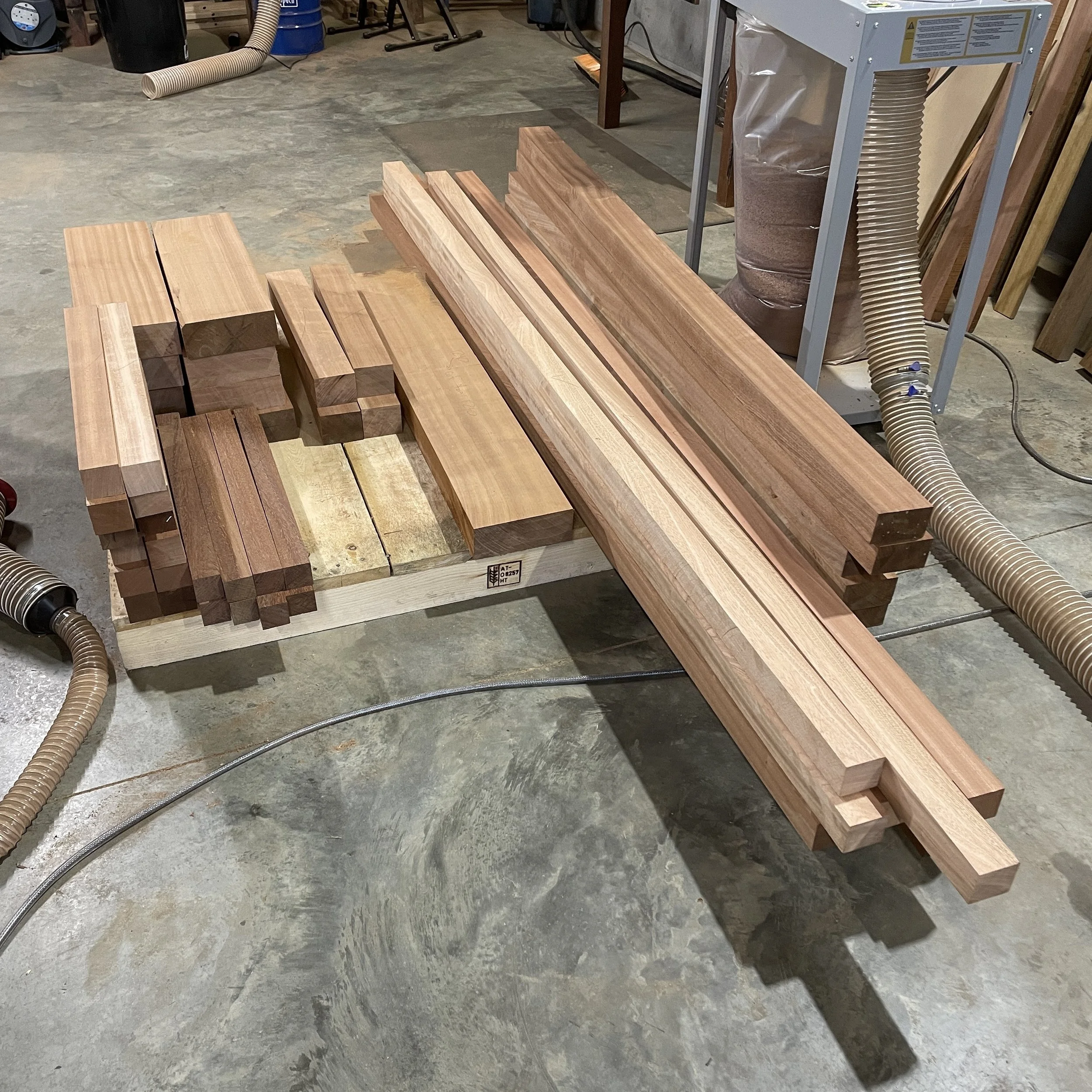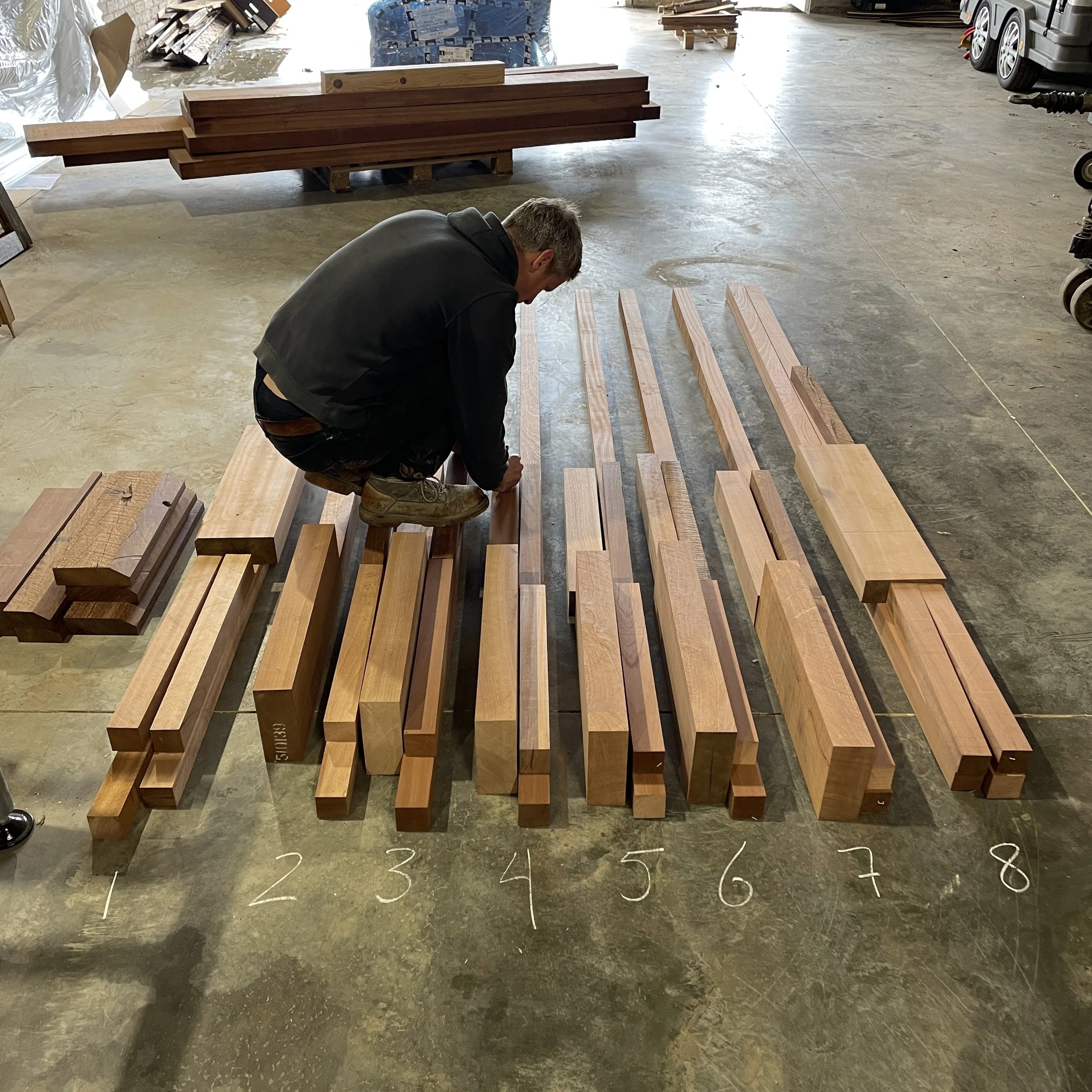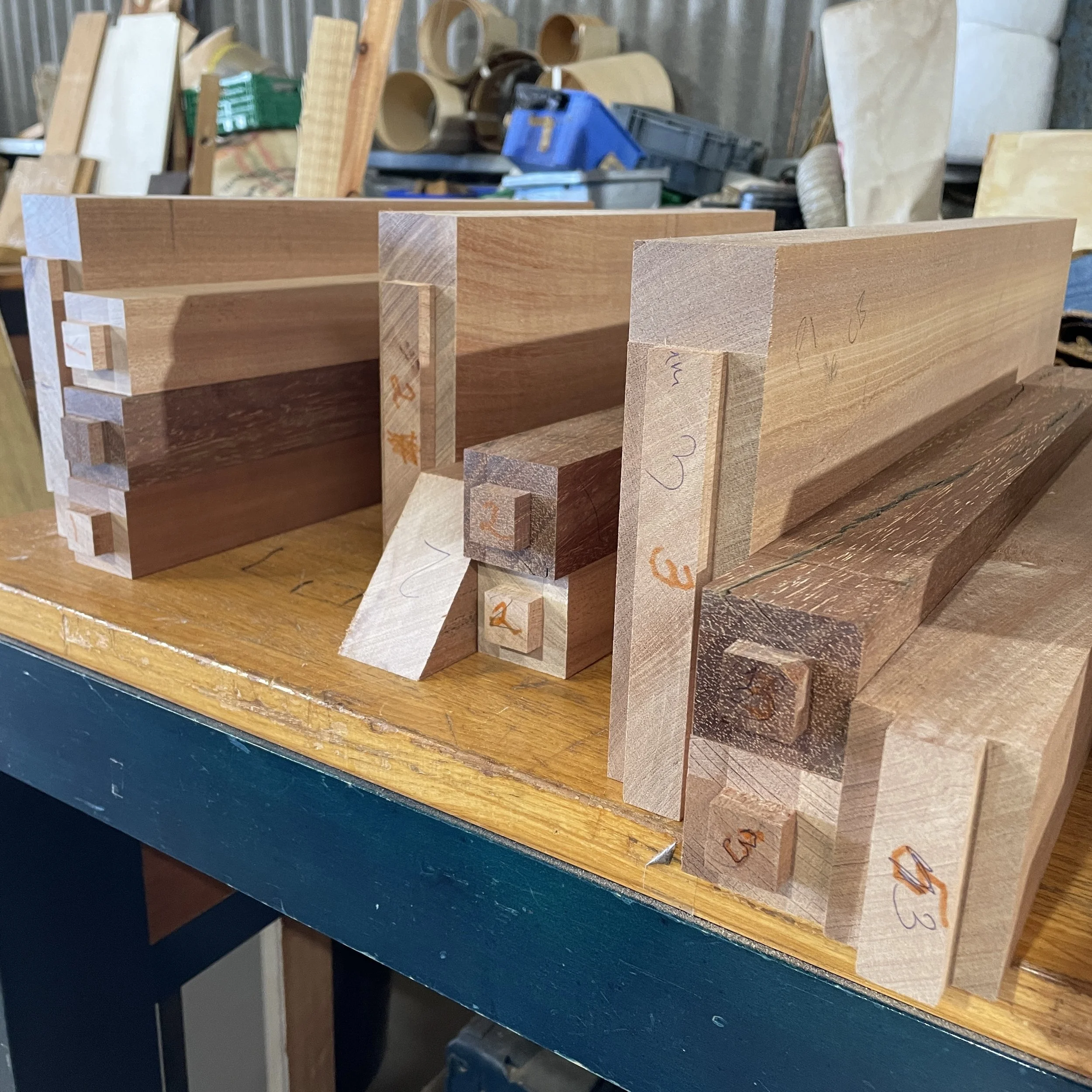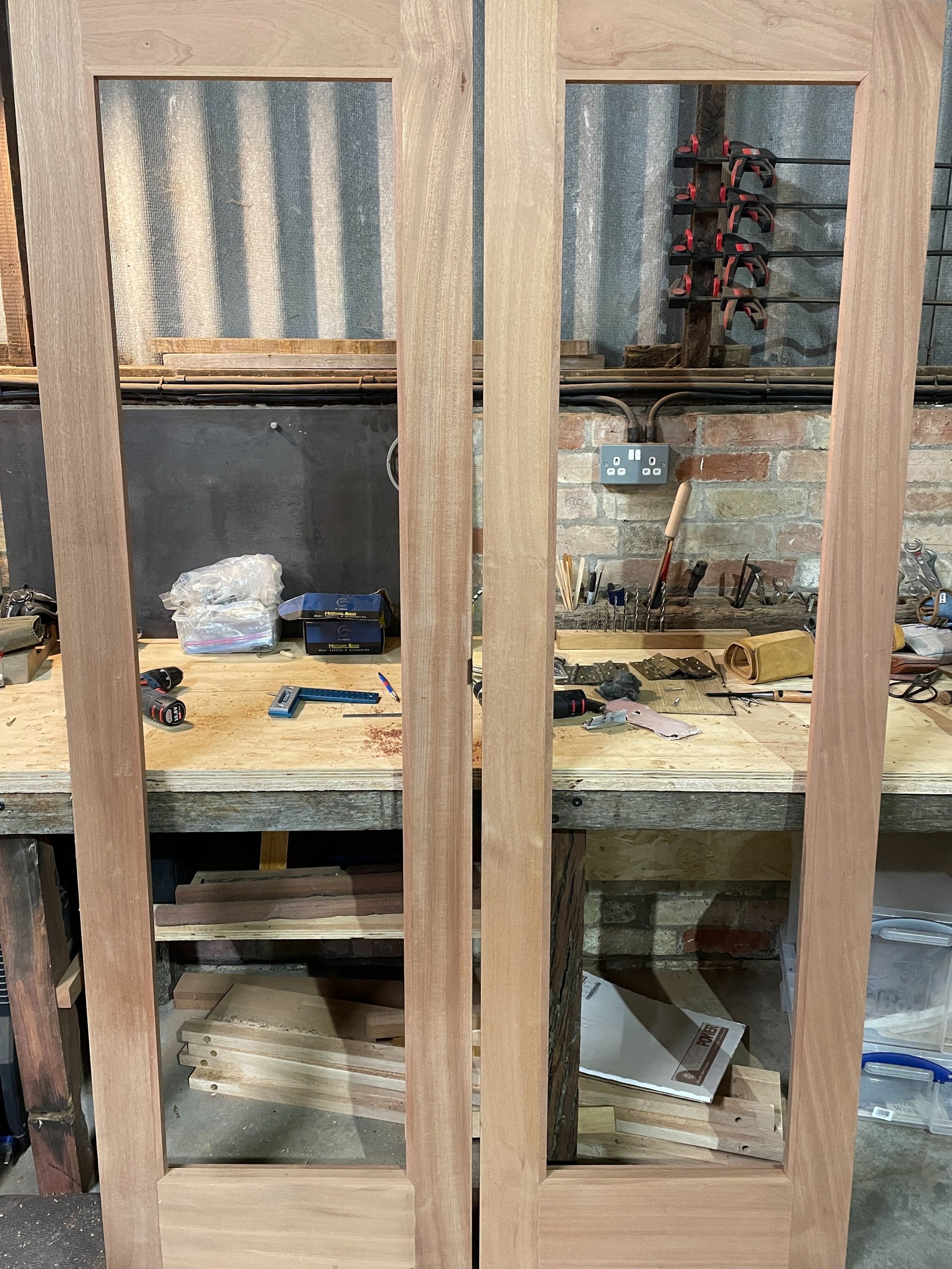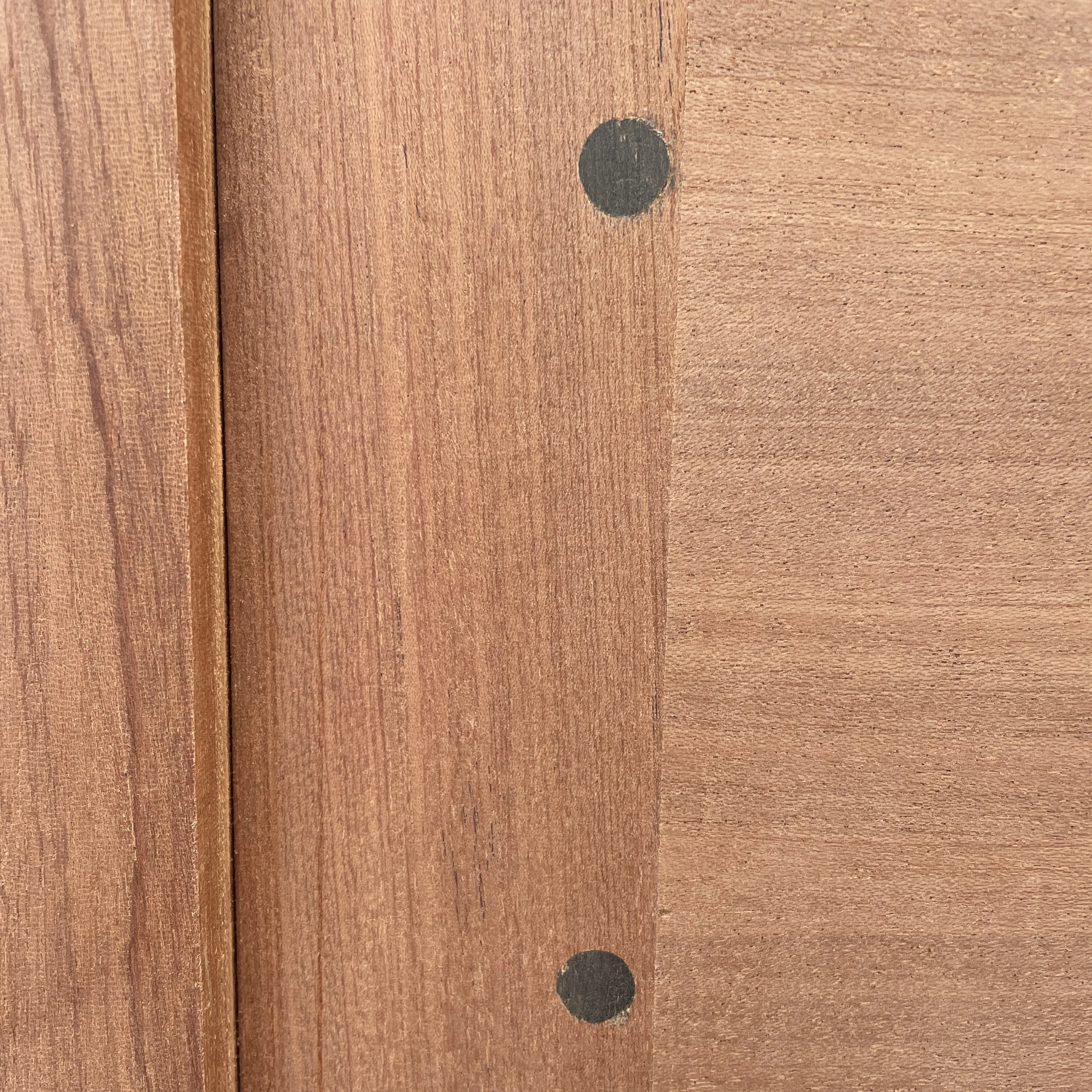Cambridge conservatory
Certainly not a restoration project, but rather a complete rebuild of a stunning Cambridge conservatory, located in the heart of the city. The existing structure was originally designed and built 50 years ago, and remains full of ‘1970s technology’ to this day… include brass worm gear and aluminium louvres.
The project brief
Maintain the existing design but breath life into it! The owner, a Professor of Architecture at Cambridge University, is keen to make as few changes as absolutely necessary, but understands the need to realign a some things here and there. The 1970s technology (more on that shortly) must remain full intact. But the water logged cedar timbers have to go!
1970s technology
The brass worm gear had certainly seen better days, but my friends at Anvil Design and Fabrication made short work of this, delivered an absolute beauty back to the workshop.
The aluminium louvres were also stripped down, tidied up and greased - no doubt ready for another 50 years of service.
Why replace what’s not broken - I think we can learn a lot from ‘1970s technology’
From cedar to sapele
Cedar has its place, and 50 years ago this was the timber of choice for a lot of exposed outdoor structures. And for good reason!
Today however, we have access to sustainably sourced timbers, and sapele is one such example. Known for its strength, durability and high oil content, sapele is a great choice for the UK environment. As hard and dense as British Oak, but with a higher oil content (given its African origins) it often out performs our domestic hardwoods. And just look at the tone of brown-red - stunning.
And we opted for an even more durable window sill - Ekki. Regarded as one of the hardest and most dense of all timbers in the world (so dense it actually sinks).
This combination of timber is perfectly suited to a long and happy life as a Cambridge conservatory.







